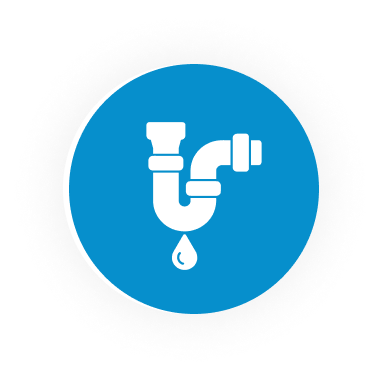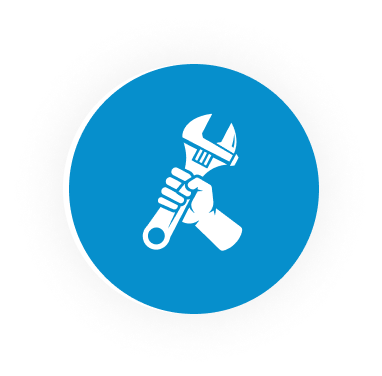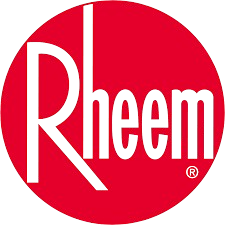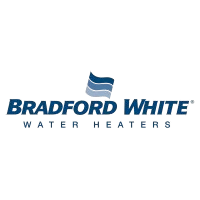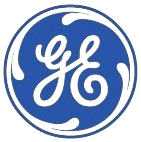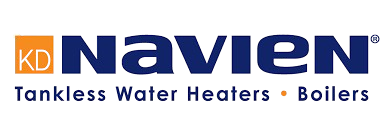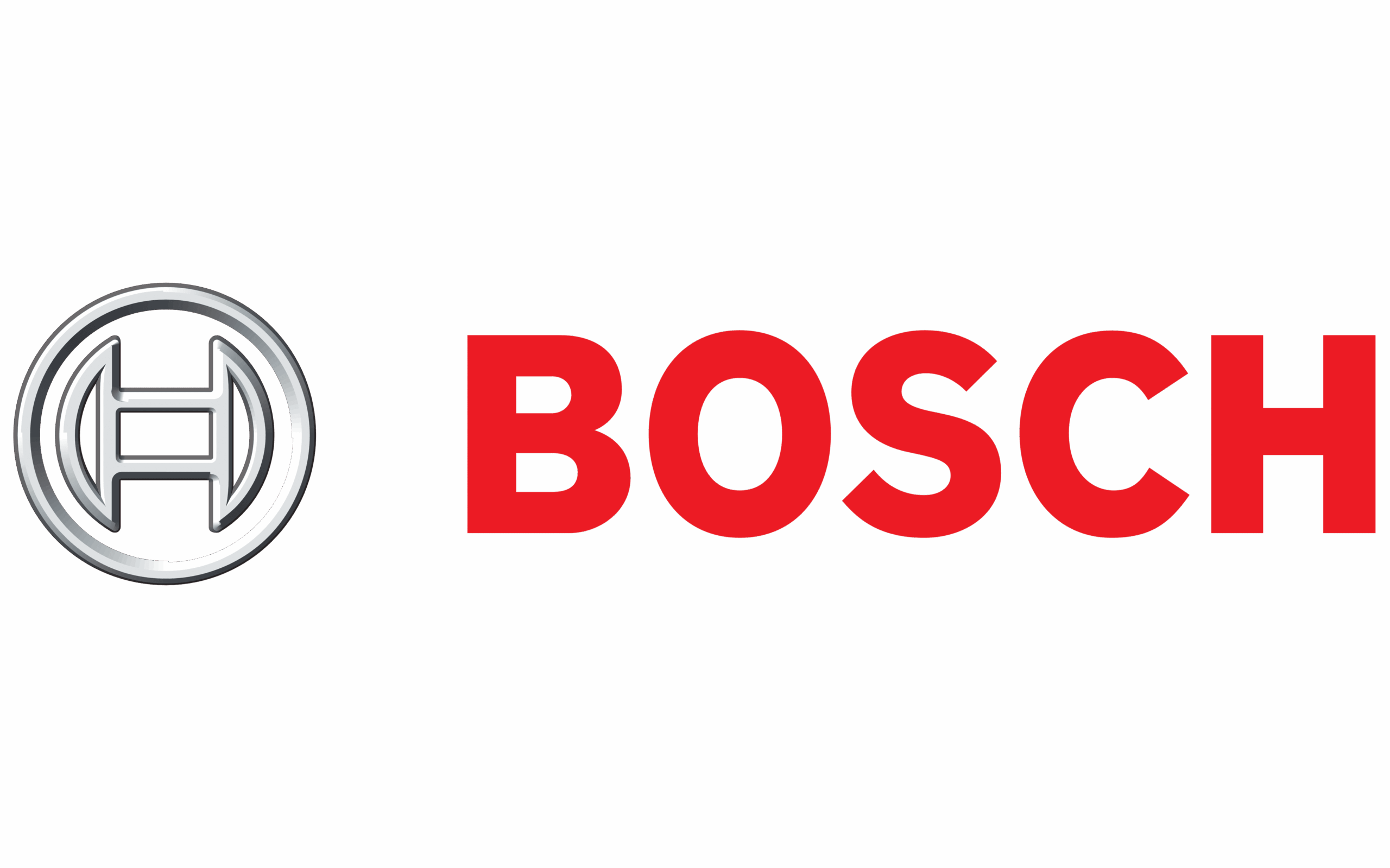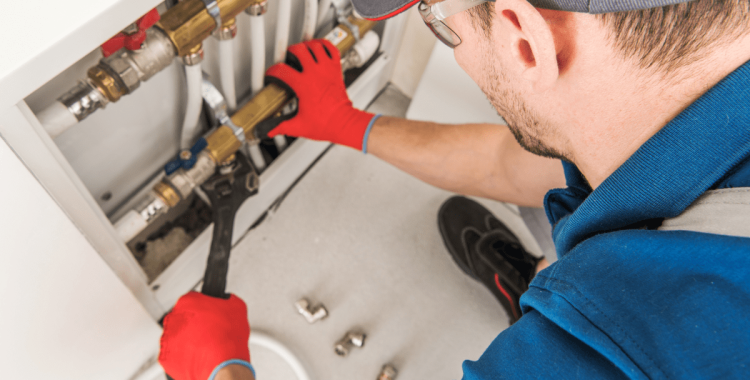
Securing the safety of your water in New York City
New York City’s drinking water system relies on steady pressure to move clean water from the municipal supply into homes and businesses. Under normal conditions, this flow moves in one direction. However, sudden pressure changes—caused by bursts, breaks, or high demand—can reverse that flow, allowing contaminated water to backtrack into the city’s water lines.
To protect the public water supply, New York State law mandates that certain properties and businesses install, test, and maintain backflow prevention devices. These devices are designed to stop pollutants such as chemicals, human waste, or industrial materials from entering the clean water system.
Non-compliance can lead to serious consequences, including fines, enforcement actions, or even disconnection of water service. Maintaining a certified backflow prevention system isn’t just a regulatory requirement—it’s a critical step in protecting your property, your community, and one of New York City’s most valuable resources: clean, safe water.
The Dangers of Backflow
Backflow occurs when contaminated water reverses direction and enters a clean water supply—posing a serious threat to health and safety. Over the years, major backflow incidents have led to widespread illness and, in some cases, even fatalities. The danger lies in the unpredictability of what may enter the system: chemicals, human waste, industrial fluids, or other harmful substances.
When backflow happens, water that was meant to be flushed safely away is drawn back into plumbing systems—circulating pollutants into spaces where people live, work, and rely on clean water. Preventing these occurrences is not only a regulatory obligation, but a critical public health measure for residential and commercial properties alike.
Common Risk Areas for Backflow:
- Irrigation systems – Contaminated water can enter the potable supply through sprinkler heads or leaks in underground piping.
- Hose bibbs and wall hydrants – Hoses submerged in non-potable water can siphon unsanitary liquids back into the system.
- Toilet tanks – Unapproved fill valves may allow waste water to backflow into the fresh water line.
- Sinks and lavatories – Missing or improper air gaps can lead to contamination.
- Coffee machines – Machines plumbed directly into the water supply can cause brewed liquid to backflow.
- Soda dispensing machines – CO₂ gas can push back into copper supply lines, contaminating potable water.




